Since the early 2000s, wind turbines have grown in size—in both height and blade lengths—and generate more energy. What’s driving this growth? Let’s take a closer look.
Office of Energy Efficiency & Renewable Energy
August 21, 2024Since the early 2000s, wind turbines have grown in size—in both height and blade lengths—and generate more energy. What’s driving this growth? Let’s take a closer look.
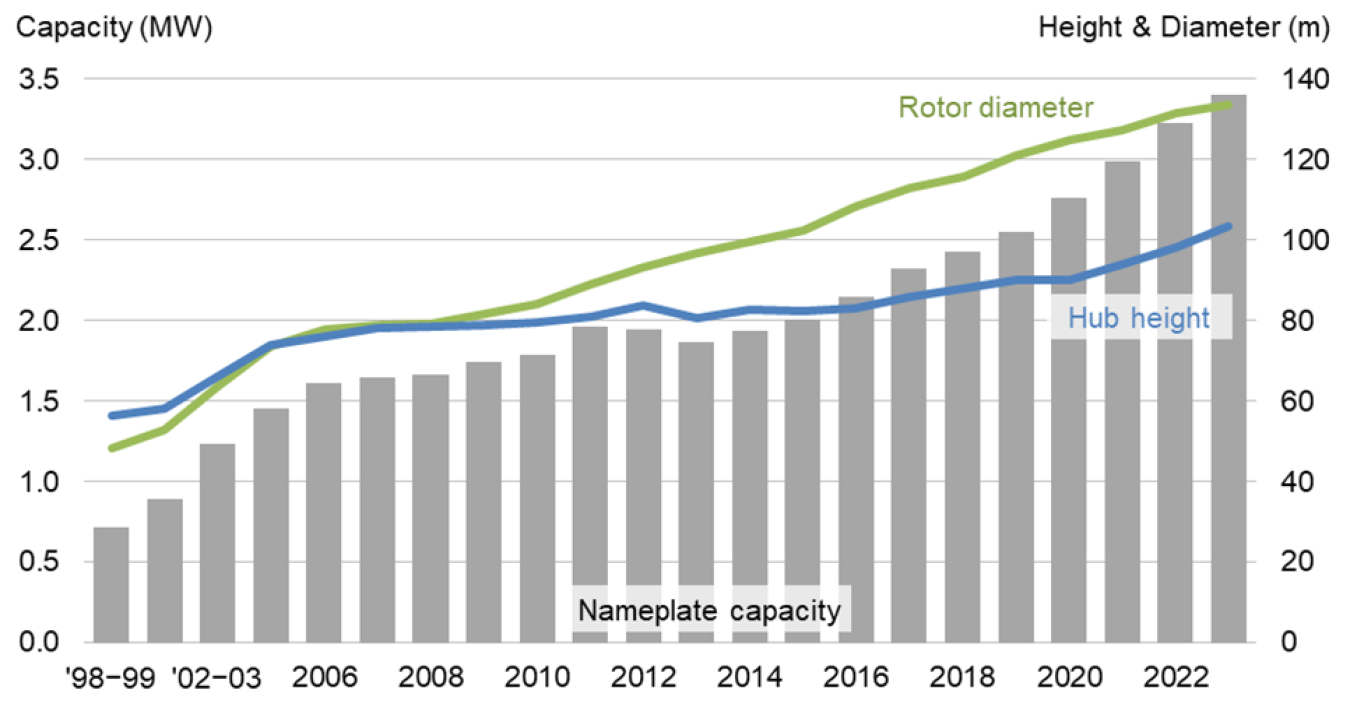
Average turbine hub height, rotor diameter, and nameplate capacity for land-based wind projects from the Land-Based Wind Market Report: 2024 Edition.
Hub Height
A wind turbine’s hub height is the distance from the ground to the middle of the turbine’s rotor. The hub height for utility-scale land-based wind turbines has increased 83% since 1998–1999, to about 103.4 meters (~339 feet) in 2023. That’s taller than the Statue of Liberty! The average hub height for offshore wind turbines in the United States is projected to grow even taller—from 100 meters (330 feet) in 2016 to about 150 meters (500 feet), or about the height of the Washington Monument, in 2035.

Illustration of increasing turbine heights and blades lengths over time.
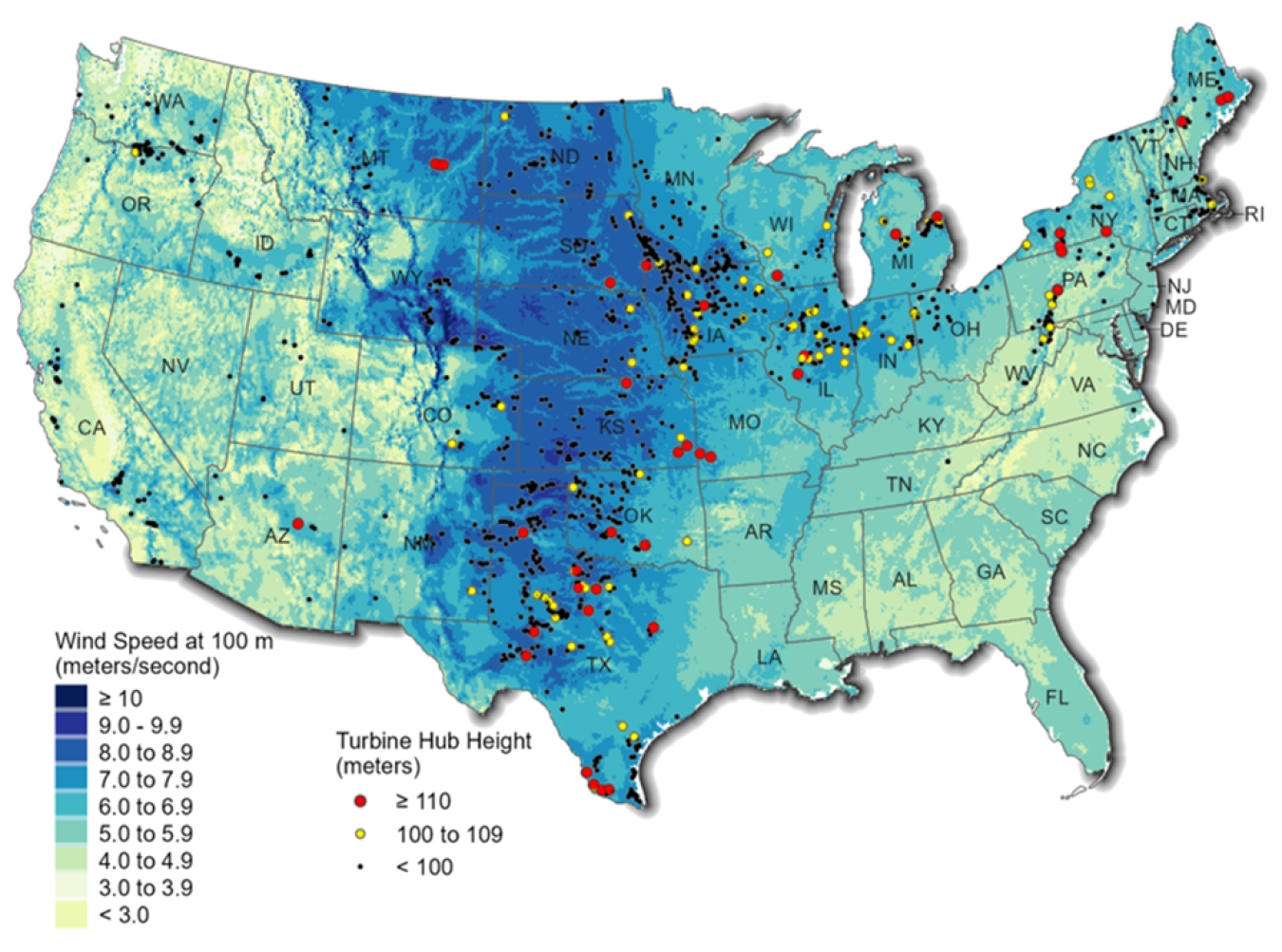
Location of tall-tower turbine installations from the Land-Based Wind Market Report: 2024 Edition.
Turbine towers are becoming taller to capture more energy, since winds generally increase as altitudes increase. The change in wind speed with altitude is called wind shear. At higher heights above the ground, wind can flow more freely, with less friction from obstacles on the earth’s surface such as trees and other vegetation, buildings, and mountains. Most wind turbine towers taller than 100 meters tend to be concentrated in the Midwest and Northeast, two regions with higher-than-average wind shear.
Rotor Diameter
A turbine’s rotor diameter, or the width of the circle swept by the rotating blades (the dotted circles in the second illustration), has also grown over the years. Back in 2013, no turbines in the United States employed rotors that were 115 meters (380 feet) in diameter or larger, while in 2023 98% of newly installed turbines featured such rotors. In 2023, the average rotor diameter of newly-installed wind turbines was over 133.8 meters (~438 feet)—longer than a football field, or about as tall as the Great Pyramid of Giza.
Larger rotor diameters allow wind turbines to sweep more area, capture more wind, and produce more electricity. A turbine with longer blades will be able to capture more of the available wind than shorter blades—even in areas with relatively less wind. Being able to harvest more wind at lower wind speeds can increase the number of areas available for wind development nationwide. Due to this trend, rotor swept areas have grown around 670% since 1998–1999.

Trends in turbine nameplate capacity, hub height, and rotor diameter from the Land-Based Wind Market Report: 2024 Edition.
Nameplate Capacity
In addition to getting taller and bigger, wind turbines have also increased in maximum power rating, or capacity, since the early 2000s. The average capacity of newly installed U.S. wind turbines in 2023 was 3.4 megawatts (MW), up 5% since 2022 and 375% since 1998–1999. In 2023, there was an increase in the proportion of turbines installed in the size category of 3.5 MW or larger. Higher capacity turbines mean that fewer turbines are needed to generate the same amount of energy across a wind plant—ultimately leading to lower costs.
Transportation and Installation Challenges
If bigger is better, why aren’t even larger turbines used currently? Although turbine heights and rotor diameters are increasing, there are a few limitations. Transporting and installing large turbine blades for land-based wind is not easy, since they cannot be folded or bent once constructed. This limits the routes trucks can take and the radius of their turns. Turbine tower diameters are also difficult to transport, since they may not fit under bridges or highway overpasses. DOE is addressing these challenges through its research projects. For instance, DOE is researching turbines with more slender and flexible blades that can navigate through curves in roads and rail lines that conventional blades cannot. DOE has also supported efforts to develop tall turbine towers that can be produced on site, thus eliminating tower transportation issues. Two companies pioneering these efforts are Keystone Power Systems, which uses spiral-welding in order to minimize the need for costly steel, and GE Renewables, using 3D printing to create customizable tower bases.
Learn More
- Explore more wind facts in our Top 10 Things You Didn’t Know About Offshore Wind Energy and Top 10 Things You Didn’t Know About Wind Power.
- Visit energy.gov/windreport to learn about changes to the wind industry in 2023.
This article was originally published in August 2021 and was updated in August 2023 and 2024.
Liz Hartman

Liz Hartman is the Communications Lead for DOE’s Wind Energy Technologies Office, and formerly (2009–2016) the Communications Lead for EERE’s combined Wind and Water Power Technologies Office.
Liz is a graduate of Cornell University with a B.S. in Natural Resources and an M.P.A. in Environmental Policy.
Articles by Liz Hartman
-
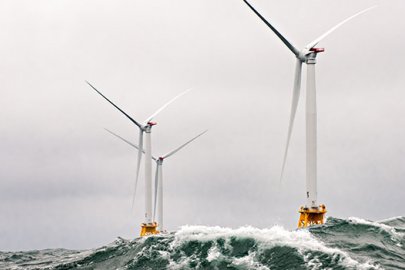 Learn more about efforts to develop America's vast offshore wind resources.
Learn more about efforts to develop America's vast offshore wind resources. -
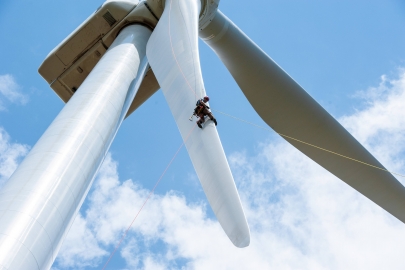 Brush up on your knowledge of wind! Get the details on a few of the lesser-known wind energy facts.
Brush up on your knowledge of wind! Get the details on a few of the lesser-known wind energy facts. -
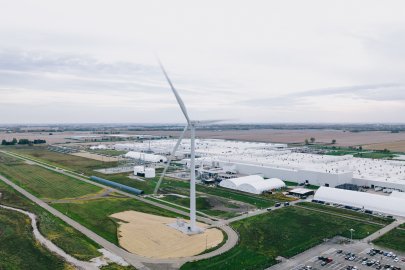 Learn about key facts related to wind turbines used in distributed applications.
Learn about key facts related to wind turbines used in distributed applications. -
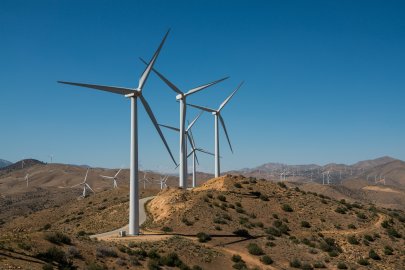 Wind power capacity in the United States continued to experience strong growth in 2017.
Wind power capacity in the United States continued to experience strong growth in 2017. -
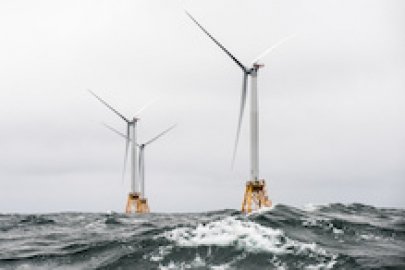 Offshore wind turbines on the Atlantic coast (as well as the Gulf Mexico) have several challenges to contend with—including hurricanes.
Offshore wind turbines on the Atlantic coast (as well as the Gulf Mexico) have several challenges to contend with—including hurricanes. -
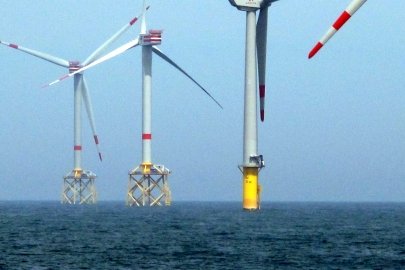 This blog is part of a series that explores offshore wind technical challenges that are different in the U.S. than in other countries.
This blog is part of a series that explores offshore wind technical challenges that are different in the U.S. than in other countries. -
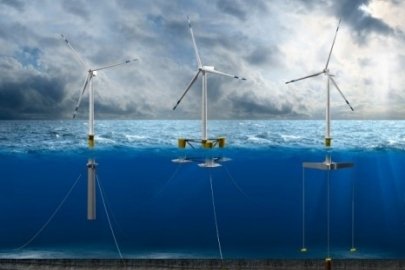 This blog is part of a series that explores offshore wind technical challenges that are different in the United States than in other countries.
This blog is part of a series that explores offshore wind technical challenges that are different in the United States than in other countries. -
 New breakthroughs could cut the cost of wind energy in half by 2030—making it fully competitive with the fuel cost of natural gas.
New breakthroughs could cut the cost of wind energy in half by 2030—making it fully competitive with the fuel cost of natural gas. -
 From utility-scale wind farms to the nation’s first offshore wind project, the U.S. wind industry continued to grow in 2016.
From utility-scale wind farms to the nation’s first offshore wind project, the U.S. wind industry continued to grow in 2016. -
Test your energy knowledge by checking out these surprising facts about hydropower.
-
The five things you should know about wind power and it's impact in the United States.
-
A new report evaluating the potential for offshore wind energy development across U.S. coasts found that even if only 1% of the technical resource potential is recovered, nearly 6.5 million homes could be powered by offshore wind energy.
-
If we harnessed America's vast, untapped offshore wind energy resources -- what would be the impact?

